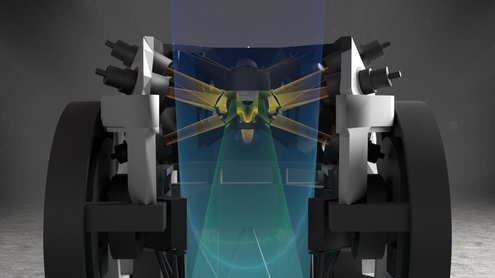
From Earth orbit to deep space: sharing the excitement of realtime mission operations at the European Space Agency 🛰🕹️
Home of Space Safety 🛡️💙
How to get URL link on X (Twitter) App


 1. Apophis will miss Earth
1. Apophis will miss Earth

https://twitter.com/Richard_M_F/status/1593869065923313664Observations are already coming in.
https://twitter.com/ScottWx_TWN/status/1593902382693261312

 This doesn't mean it will strike in 101 years! Only that our #PlanetaryDefence experts calculate asteroid orbits for the next hundred years. Any asteroid with even a tiny chance of impact is added to ESA's #AsteroidRiskList, and becomes the focus of intense observations
This doesn't mean it will strike in 101 years! Only that our #PlanetaryDefence experts calculate asteroid orbits for the next hundred years. Any asteroid with even a tiny chance of impact is added to ESA's #AsteroidRiskList, and becomes the focus of intense observations 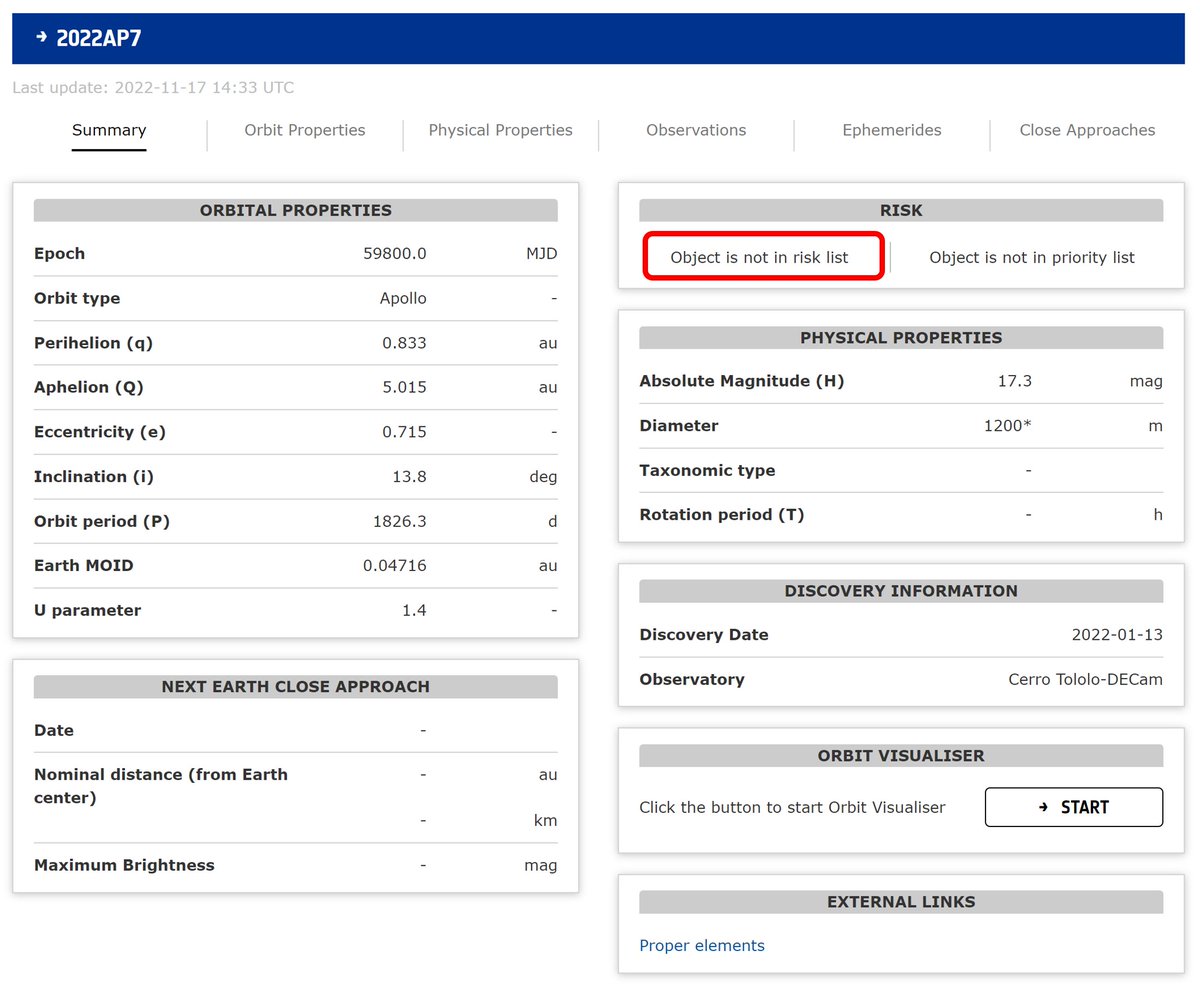

 As the first mission of the @CopernicusEU Programme, Sentinel-1 comprises two satellites orbiting 180 degrees apart, providing all-weather, day-and-night imagery of Earth’s surface, designed, built, launched and flown by @ESA.
As the first mission of the @CopernicusEU Programme, Sentinel-1 comprises two satellites orbiting 180 degrees apart, providing all-weather, day-and-night imagery of Earth’s surface, designed, built, launched and flown by @ESA.

 #CollisionAvoidance monitoring is unfortunately routine work at #MissionControl, and our teams are well-practiced in reacting to high-risk events.
#CollisionAvoidance monitoring is unfortunately routine work at #MissionControl, and our teams are well-practiced in reacting to high-risk events.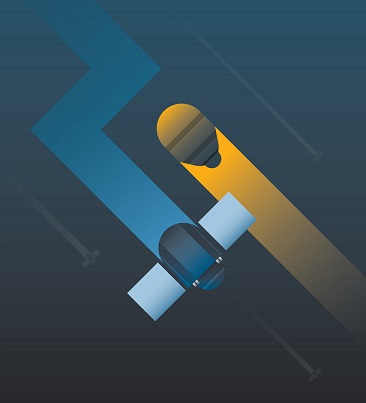
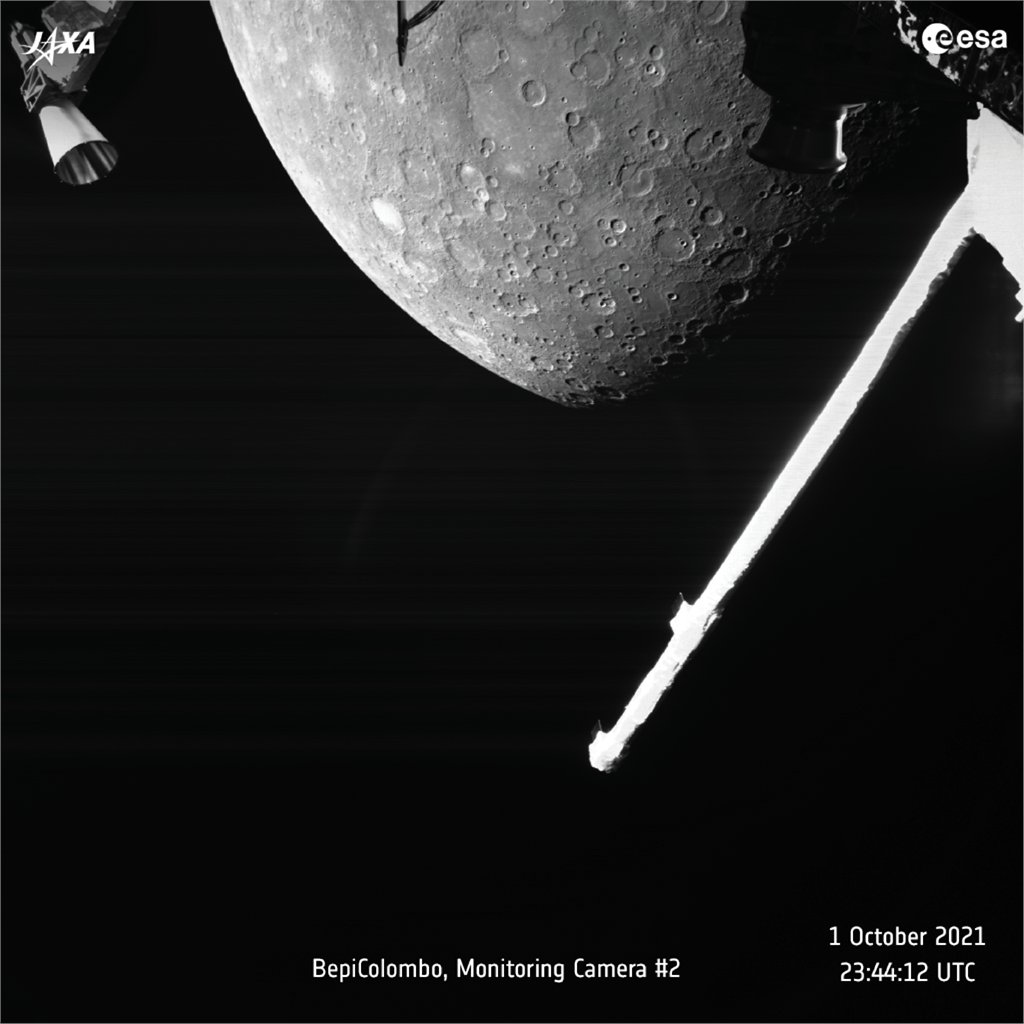
 At 01:34:41 CEST this morning, BepiColombo passed just 199 kilometres from the hot, rocky, innermost planet – the outcome of months of work to get the spacecraft into a precise trajectory for the first rendezvous with its target planet.
At 01:34:41 CEST this morning, BepiColombo passed just 199 kilometres from the hot, rocky, innermost planet – the outcome of months of work to get the spacecraft into a precise trajectory for the first rendezvous with its target planet.


 Like a bird hatching from the egg, this is the period in which a new spacecraft unfurls its solar arrays, wakes up to test its core functioning and manoeuvres into the correct path, all the while at its most vulnerable to the hazards of space.
Like a bird hatching from the egg, this is the period in which a new spacecraft unfurls its solar arrays, wakes up to test its core functioning and manoeuvres into the correct path, all the while at its most vulnerable to the hazards of space.
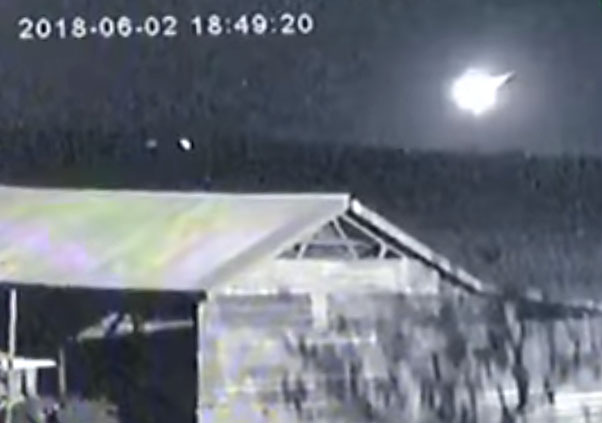
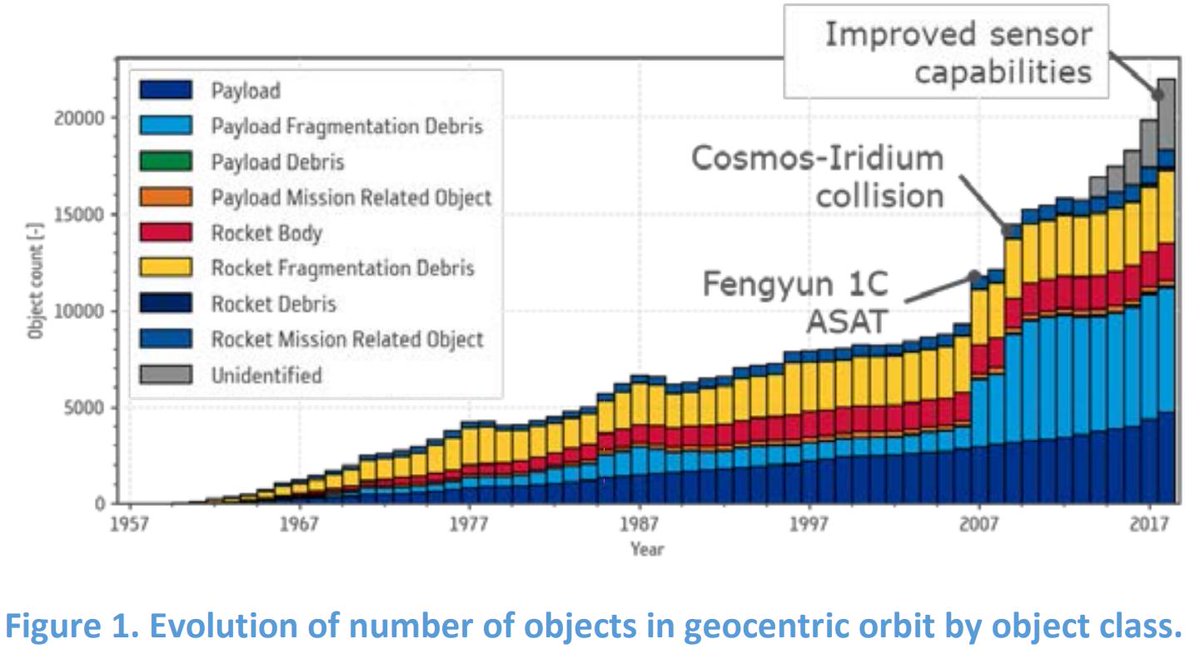
 ~26% of catalogued objects are satellites, and only a small fraction of those - about 2000 - are still operating today
~26% of catalogued objects are satellites, and only a small fraction of those - about 2000 - are still operating today

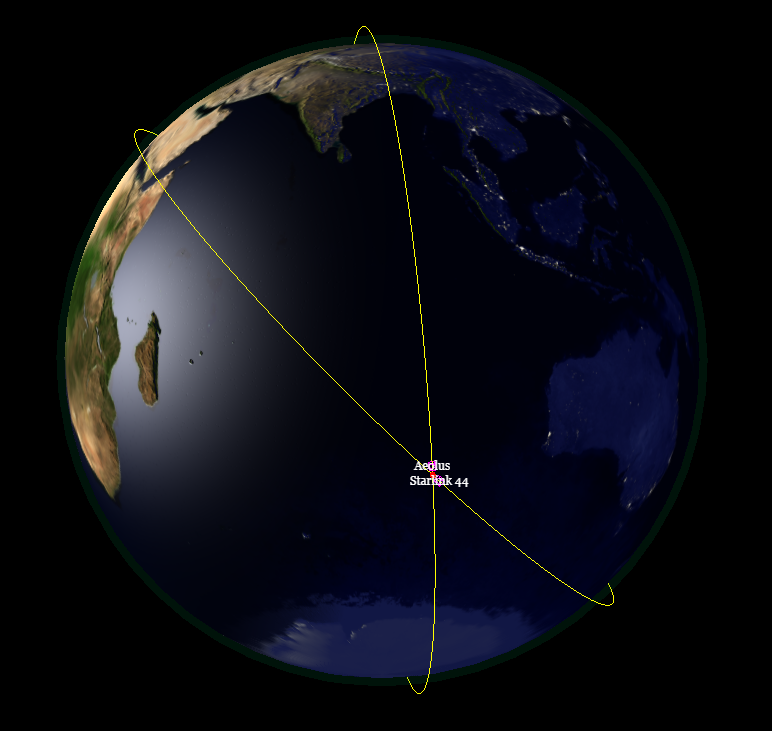
 @esa This morning, @ESA's #Aeolus Earth observation satellite fired its thrusters, moving it off a collision course with a @SpaceX satellite in their #Starlink constellation
@esa This morning, @ESA's #Aeolus Earth observation satellite fired its thrusters, moving it off a collision course with a @SpaceX satellite in their #Starlink constellation 
